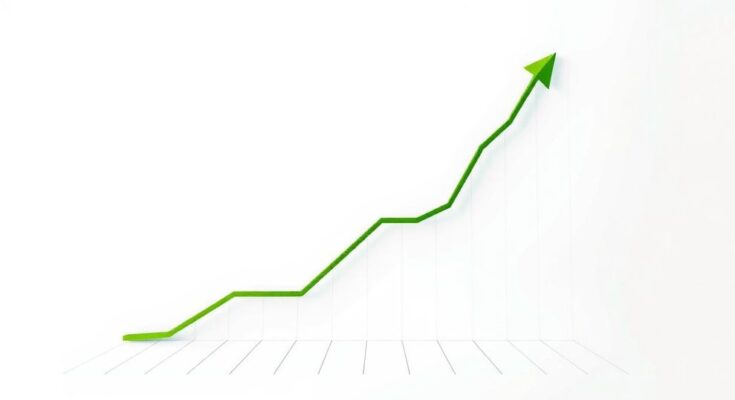In 2024, Sri Lanka’s economy grew by 5.0 percent, marking its first full year of growth since the crisis began in 2022. The previous year’s contraction of 2.3 percent highlights a significant recovery, supported by reforms and an IMF bailout. Continued austerity measures under the new administration suggest a path toward sustained growth in 2025.
Sri Lanka’s economy has reported a growth of 5.0 percent in 2024, representing the first annual growth since the severe economic crisis of 2022. Official data reflects that the economy experienced a 5.4 percent expansion in the last quarter of 2024, contrasting sharply with the 2.3 percent contraction witnessed in 2023. In 2022, the country faced its worst economic downturn, with GDP declining by 7.3 percent due to a lack of foreign exchange necessary for essential imports like food and fuel.
The Department of Census and Statistics has indicated that the positive growth in 2024 follows two consecutive declines in GDP in the previous years. Factors contributing to this growth include advancements in agriculture, industry, and services. The economic difficulties experienced in early 2022 resulted in significant public protests, leading to the resignation of then-President Gotabaya Rajapaksa. His successor, Ranil Wickremesinghe, procured a $2.9 billion bailout from the International Monetary Fund (IMF) in 2023, implementing tax increases, subsidy reductions, and price hikes.
Anura Kumara Dissanayake’s leftist administration, which assumed power in September, has continued with the previously established austerity policies. In December 2024, the IMF board disbursed the fourth installment of the bailout, affirming positive progress in Sri Lanka’s economic program performance. Kenji Okamura, the IMF’s Deputy Managing Director, stated that the reforms underway in Sri Lanka are yielding benefits, and he anticipates continued economic recovery into 2025.
Sri Lanka’s economy has shown resilience, achieving a 5.0 percent growth in 2024 after enduring significant declines in the preceding years. Essential reforms and strict economic measures facilitated through an IMF bailout have begun to yield positive results. The optimistic outlook for 2025 suggests a continuation of recovery efforts that may further stabilize the nation’s economic landscape.
Original Source: www.thenews.com.pk




